To Feed or Not to Feed? Some plants may need assistance
05 Apr 2015
As long as you water regularly, most plants can exist on what Mother Nature provides.
Some may need a little assist, though, particularly houseplants and flowers.
By Diana Maranhao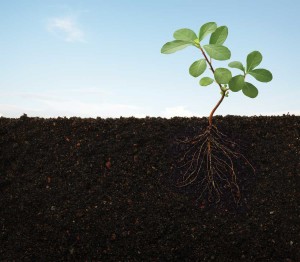 Other than watering, Mother Nature can usually provide for our plants. Healthy green plants with new growth never need fertilizing. Native plants and most trees don’t either, as they get all they need from the soil. In fact, most landscape plants don’t need feeding if they’re in well-drained soil and given ample water during establishment.
But when plants slow in growth, lose luster, exhibit nutritional deficiencies, or lack flowers or fruits, we supplement their diet with fertilizer to bring them back to health and vigor.
Other than watering, Mother Nature can usually provide for our plants. Healthy green plants with new growth never need fertilizing. Native plants and most trees don’t either, as they get all they need from the soil. In fact, most landscape plants don’t need feeding if they’re in well-drained soil and given ample water during establishment.
But when plants slow in growth, lose luster, exhibit nutritional deficiencies, or lack flowers or fruits, we supplement their diet with fertilizer to bring them back to health and vigor.
Plants: What They Need
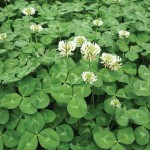
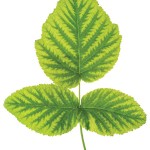
Soil: Where It’s At
The most important key to soil fertility and nutrient uptake is a well-draining soil. Plants use their roots to take in nutrients and water, and then transport them through their vascular system to the growing tips of the plant. Incorporating organic amendments, like compost, topsoil and aged animal manures, improves water movement and drainage in soil. This is especially important in Front Range gardens, where compacted clay is abundant. Planting cover crops, like legumes and clover, also aids soil health by increasing nutrient availability and improving soil texture. The best way to know the nutrients your soil lacks is to get a soil test in early spring from the local cooperative extension. Individual samples must be submitted for lawns, flower gardens, orchards, vegetable gardens and container plants, because soil varies from site to site and nutrient requirements from crop to crop. Along with pH, soil tests evaluate salinity, soil texture and nutrient levels. Soil tests are returned with fertilizer recommendations, application rates and additional information.Best Scenario: Go Organic
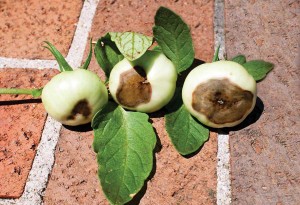
Fertilizer Formulas
Standing in a store’s fertilizer aisle can be overwhelming. There are so many boxes and bags! That’s why it’s important to read the labels. Always apply fertilizer to moist soil and never to water-stressed or wilted plants. Water deeply after fertilizing, and don’t let the formula sit on the leaves, where it can burn the plant. Be sure to follow a product’s recommended application rate. More is not better—in fact, overfeeding is the source of many garden woes.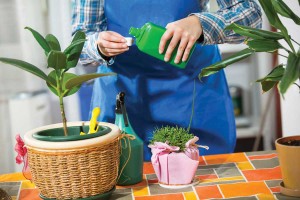
Here are common fertilizer formulations:
Granular formulas: NPK nutrients are listed as percentages (16-20-0), with packaged formulations labeled for specific use (turf, shrubs, roses, vegetables, etc.). Broadcast on the soil in early spring and midsummer, and water thoroughly and deeply after application. Powdered formulas: These contain single nutrients, such as zinc, iron, calcium or sulfur, and are most often used for edible crops. Apply per soil-test recommendations. Sprinkle on soil or incorporate in early spring. Water-soluble formulas: Balanced in equal percentages of NPK (20-20-20), these formulas also include trace elements and are good for containers and houseplants. Some are formulated for specific plants, like acid-loving azaleas. Dissolve in water before applying, and use half the recommended amount on seedlings and houseplants.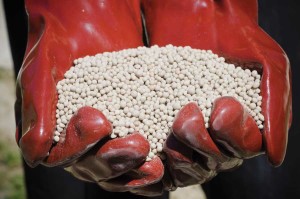 Time-release formulas: In these formulas, macronutrients and elements are pelleted, compressed, encapsulated or coated for a slow breakdown. Time-release formulas are good for annuals, trees, shrubs, roses and container plants, and for fertilizing the soil before planting new turf.
Time-release formulas: In these formulas, macronutrients and elements are pelleted, compressed, encapsulated or coated for a slow breakdown. Time-release formulas are good for annuals, trees, shrubs, roses and container plants, and for fertilizing the soil before planting new turf.
 Diana “Dee” Maranhao is a garden writer, horticulture editor and author of Rocky Mountain Fruit and Vegetable Gardening and Water-Smart Gardening. Visit www.dianasgarden.wordpress.com and read her blogs at www.homeandgarden mag.com.
Diana “Dee” Maranhao is a garden writer, horticulture editor and author of Rocky Mountain Fruit and Vegetable Gardening and Water-Smart Gardening. Visit www.dianasgarden.wordpress.com and read her blogs at www.homeandgarden mag.com.












